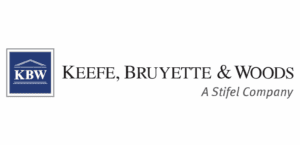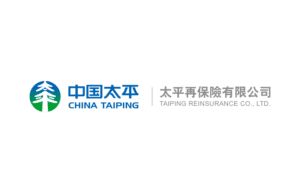What is an insurance company?
What is an insurance company?
Insurance corporations are financial intermediaries which offer direct insurance or reinsurance services, providing financial protection from possible hazards in the future.
What’s an example of an insurance company?
Some well-known examples of insurance companies that sell both homeowners and auto insurance include Progressive, Nationwide, Allstate, Liberty Mutual, and Travelers, among many others.
Which company is the best for insurance?
Following is the list of top 7 life insurance companies in India: Max Life Insurance Company. … HDFC Life Insurance Company. … Tata AIA Life Insurance Company. … Pramerica Life Insurance. … Exide Life Insurance Company. … Reliance Life Insurance Company. … Canara HSBC Life Insurance Company.
Which insurance company is the most popular?
Top 10 Writers Of Private Passenger Auto Insurance By Direct Premiums Written, 2020 Rank Group/company Market share (2) 1 State Farm 16.2% 2 Berkshire Hathaway Inc. 13.6 3 Progressive Corp. 13.3 4 Allstate Corp. 10.4 6 more rows
What are the 3 main types of insurance?
Insurance in India can be broadly divided into three categories: Life insurance. As the name suggests, life insurance is insurance on your life. … Health insurance. Health insurance is bought to cover medical costs for expensive treatments. … Car insurance. … Education Insurance. … Home insurance. Feb 17, 2022
What are the 4 types of insurance?
Following are some of the types of general insurance available in India: Health Insurance. Motor Insurance. Home Insurance. Fire Insurance. Travel Insurance.
What are the 5 main types of insurance?
Home or property insurance, life insurance, disability insurance, health insurance, and automobile insurance are five types that everyone should have.
Who is the largest insurance company?
Prudential Financial was the largest insurance company in the United States in 2019, with total assets amounting to just over 940 billion U.S. dollars. Berkshire Hathaway and Metlife secured second and third place, respectively.
What are the two types of insurance companies?
Some of the different types of insurance companies include: standard lines, excess lines, captives, direct sellers, domestic, alien, mutual companies, stock companies, Lloyds of London and more. Dec 31, 2019
Which insurance is best in India?
Top 10 Life Insurance Policies in India Plan Name Plan Type Entry Age (Min/Max) SBI Life eShield Term 18 years to 65 years HDFC Life Click 2 Protect Plus Term 18 years to 65 years Aviva i-Life Term 18 years to 55 years Future Generali Care Plus Rural 18 years to 60 years 6 more rows
What is the best insurance company in India?
Following is the list of best insurance companies in India Sl. No. Company Name Claim Settlement Ratio (2018-19) 1. Life Insurance Corporation of India 97.79% 2. Max Life Insurance Company 98.74% 3. HDFC Life Insurance Company Feb 25, 2022
How do insurance companies work?
Insurance companies assess the risk and charge premiums for various types of insurance coverage. If an insured event occurs and you suffer damages, the insurance company pays you up to the agreed amount of the insurance policy. The way insurance companies work, they can pay this and still make a profit.
How many insurance companies are there?
In 2020 there were 5,929 insurance companies in the U.S. (including territories), according to the National Association of Insurance Commissioners. This number includes: P/C (2,476 companies), life/annuities (843), health (995), fraternal (81), title (62), risk retention groups (245) and other companies (1,227).
Which home insurance company has the highest customer satisfaction?
The insurance company that has the highest customer satisfaction is Geico, according to WalletHub’s analysis of factors such as J.D. Power customer satisfaction rankings and the NAIC complaint index. Mar 4, 2022
What are the three main types of homeowners insurance?
Homeowners insurance policies generally cover destruction and damage to a residence’s interior and exterior, the loss or theft of possessions, and personal liability for harm to others. Three basic levels of coverage exist: actual cash value, replacement cost, and extended replacement cost/value.




